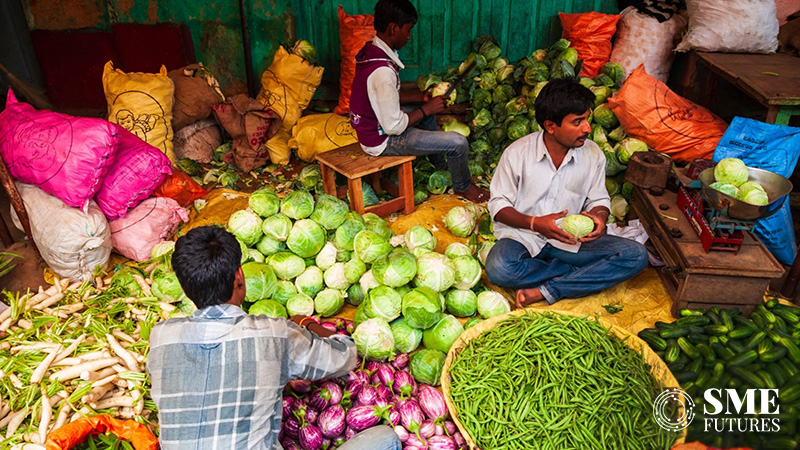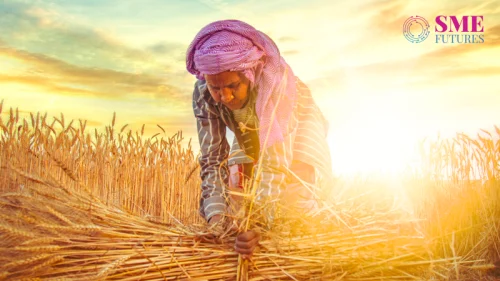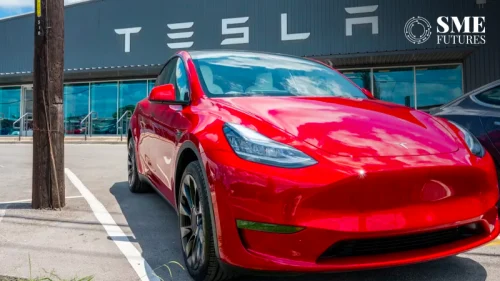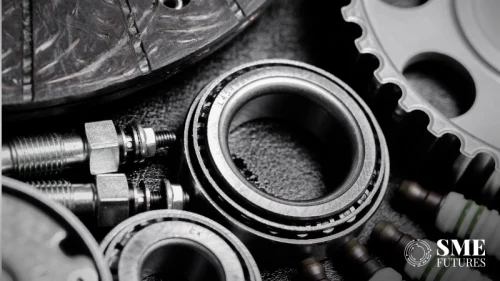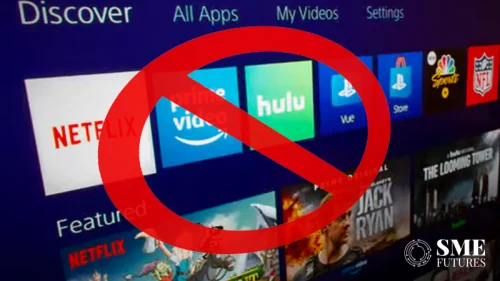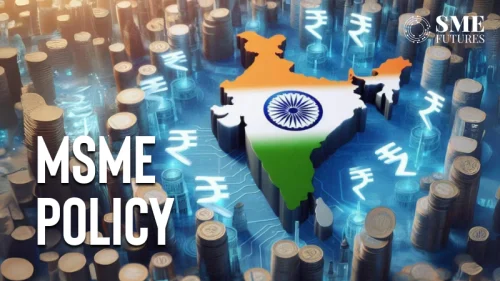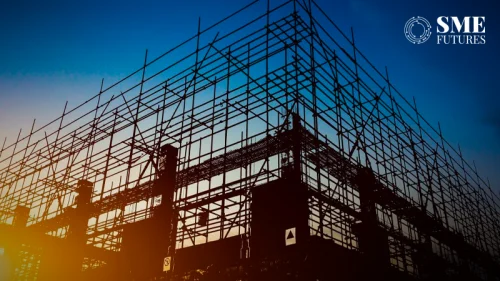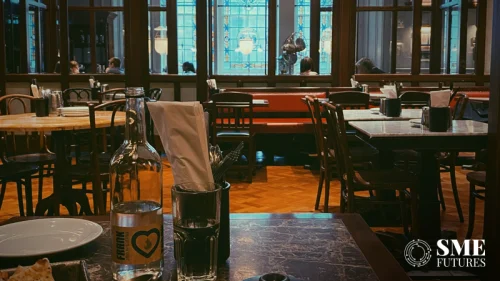Retail inflation rose to 7.41 per cent in September from 7 per cent in August, mainly due to higher food inflation which went up sharply to 8.6 per cent from 7.6 per cent in August.
September’s retail inflation of 7.41 per cent was much higher than last September’s level of 4.35 per cent. This is the ninth straight month when retail inflation has remained above the RBI’s tolerance limit of 2 to 6 per cent.
High prices of cereals, meat, fish and eggs along with those of fruits and vegetables led to the spike in retail inflation. Suman Chowdhury, Chief Analytical Officer, Acute Ratings & Research said: “While the market was expecting the headline CPI inflation print to remain over 7.0 per cent in Sep-22, the actual figure has come higher at 7.4 per cent vs 7.0 per cent in Aug-22.
As expected, the key factor has been food inflation which has increased sequentially by 0.9 per cent, leading to the overall inflation to go up by 0.6 per cent over the index in the previous month.”
Also Read: India’s energy strategy mindful of commitments to global commons: Petroleum Minister
According to him, irregular rainfall in September 22 has been the primary reason behind higher inflation in vegetables and fruits, which is temporary.
While the inflation in cereals has also inched up, the steps being taken by the government and a reasonably healthy Kharif output are expected to address the concerns behind the further hike in cereal prices, Chowdhury added.
“What, however, will remain a worry is the rise in core inflation to 6.3 per cent from 6.1 per cent in Aug-22, highlighting that the price pressures have started to get embedded.
“Going forward, we expect the average inflation in H2FY23 to moderate, given the moderation in commodity prices and the slowdown in global economic activity although such moderation will be gradual.
“The risks of imported inflation, however, exist due to the continuing depreciation of the rupee. In our opinion, the likelihood of a moderate hike of 35-40 bps in the repo rate in Dec-22 is high given not only the inflation print but also the pressure on the currency. The systemic liquidity will also get tighter and will start getting reflected through a rise in bank deposit rates to the extent of 100-150 bps over the next few months,” Chowdhury added.
Also Read: Govt approves Bill to improve ease of doing business & fundraising
According to Nikhil Gupta, Chief Economist, Motilal Oswal Financial Services, the food inflation surged to a 22-month high of 8.6 per cent YoY in Sep’22, while core inflation rose to a 4-month high of 6.3 per cent.
On the other hand, the Index of Industrial Production (IIP) declined 0.8 per cent YoY in Aug’22 as against the market consensus/expectation of 1.7 per cent. This was the first contraction in 18 months, Gupta said.
“Overall, the combination of slightly higher inflation and fall in IIP raises concerns. However, next month’s data and US Fed’s policy will decide whether we see a 35 or 50bp hike by the RBI in Dec’22. In any case, we continue to expect that the terminal rate will be 6.5 per cent and there will be a pause in global monetary policy in CY23,” Gupta said.

